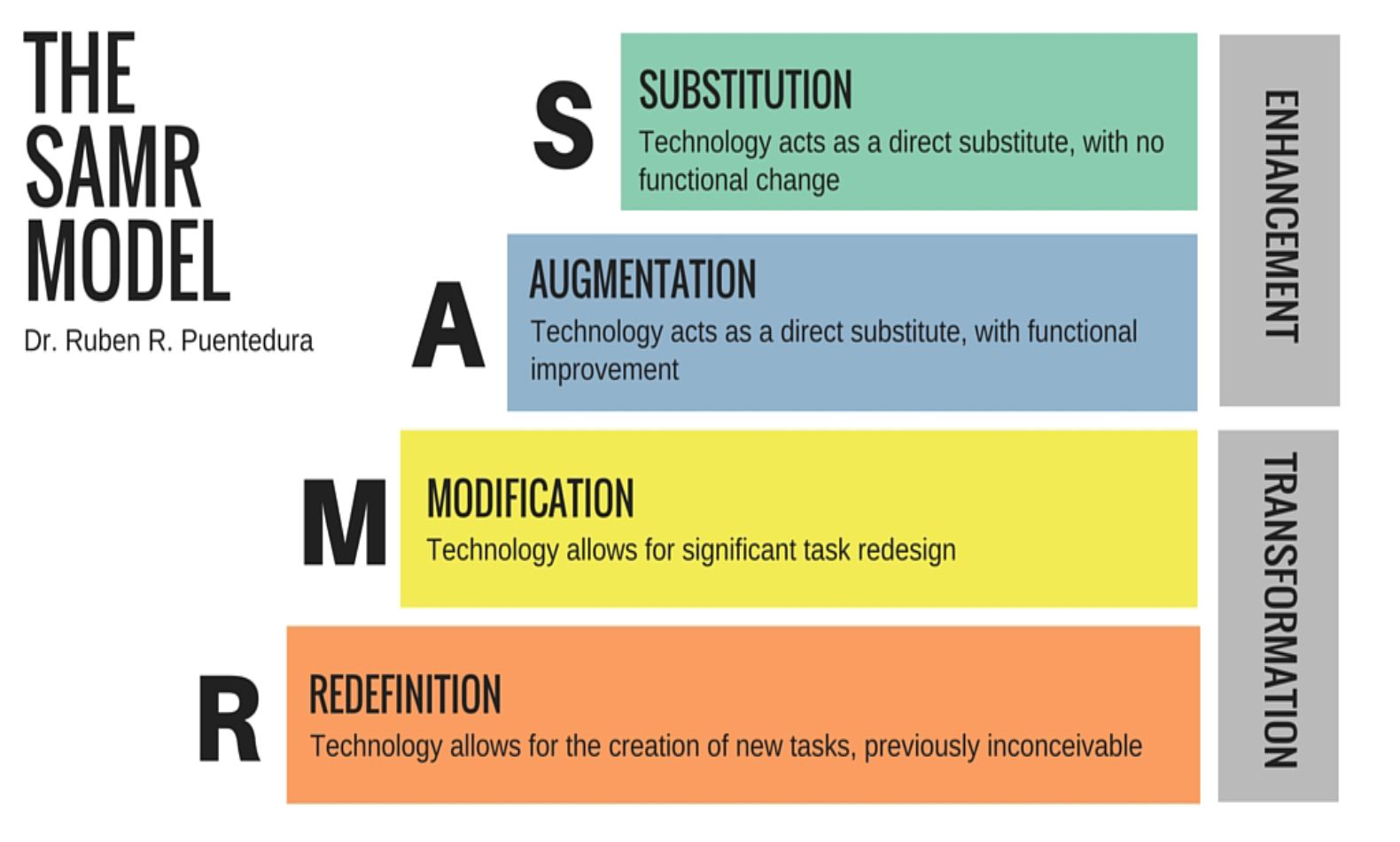What were the main things I learned today, and how will these be useful to my work in 2021?
Today, we revisited the Pedagogical Scaffold 2.0 and spent some time to discuss about designing different LEs for a similar content area.
Click here for details of each Learning Experiences on the PDLP website.
To me, this process is no much different from our traditional roles as classroom teachers. Why do I say so?
- We are still planning for students' learning in a mindful way, from outlining the learning outcomes, to designing the activities suitable in scaffolding the students' learning.
- Akin to teachers with varied teaching styles, those of us who have tried designing LEs tend to have our preferred LEs (e.g. my preferred is Acquisition, because it is the most predictable way for me to organise my lesson stimuli and lead the students towards the intended lesson objectives).
For 2021, I would definitely want to go beyond my comfort zone and opt for Inquiry and Discussion LEs instead.
Personally, I've found it easier to design for these 2 LEs in Geography GQ3/KQ3, as well as Human Geography topics (have tried designing a couple during FHBL for the Sec 4s on the topics of Food Resources and Health and Diseases).
Possible reasons:
- It is still easier and straightforward to use traditional methods (pen and paper) for Physical Geography, where sketching and annotation are part of the skills to be learnt.
- There is greater room for multiple perspectives and discussions at deeper levels when we discuss and/or evaluate strategies to combat Geographical issues discussed.
As we move on to PDLP in 2021, I also want to share on what I've learnt before about the SAMR Model. The SAMR model is made up of 4 steps—Substitution, Augmentation, Modification, and Redefinition (see below for an illustration):
At the end of the day, it is once again back to our awareness of the ultimate classroom aims and the learning goals we have set out for the students, and how we as teacher designers, want the students to learn.
- Example 1: Our current project of setting up the Google Site for Students is an act of Substitution.
All of us are making our PDF notes and slides available on the Dept Google Site for students' easy access. It allows students who are comfortable with use of mobile devices to access and read their notes on the go. We did not do anything special to our notes or slides. We simply converted them into PDF.Extension to Example: Perhaps we can embed slides instead of uploading PDF slides, so that we can include animation videos, etc. that will better illustrate an idea/concept?
- Example 2: I use the Acquisition LE to teach on 'Impacts of Housing Shortage' (poor housing conditions, dangerous living environments).
How about the use of an Inquiry LE instead, where virtual experiences to the Less Developed worlds (through VR goggles) bring the students to realisation the possible impacts of Housing Shortage through their own observations, and inviting them to consider viable strategies to overcome Housing Shortage (through proposals, drawings, illustrations) [Modification, Redefinition]
Nope, I am not a Guru. The above is just my feeble attempt to apply my understanding of the model.
Basically, my point is, there is nothing new or magical about the SAMR model, but it can be a useful tool for us to consider the use of Tech as we design our LEs in the new year. :D
Here's to more brain frying sessions together.
Cheers.



Comments
Post a Comment